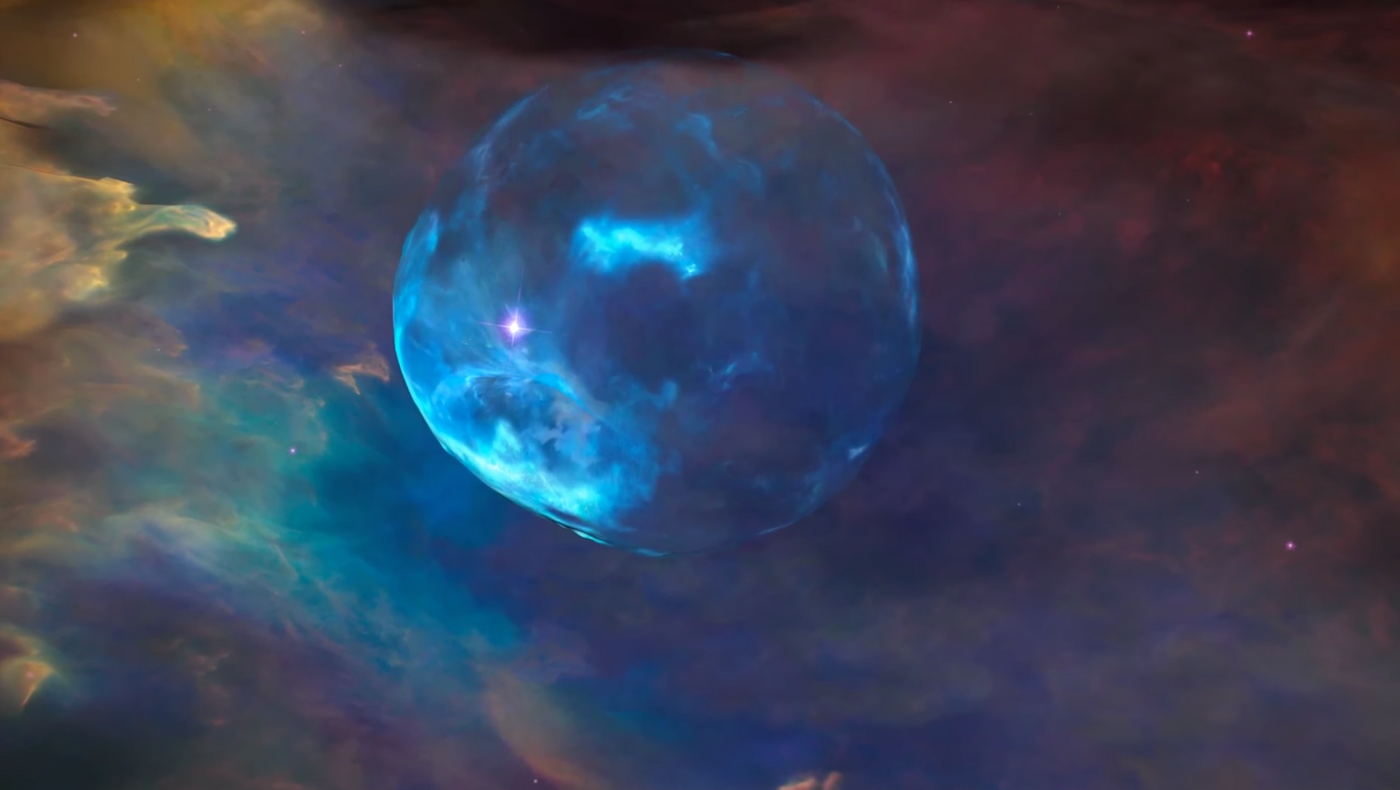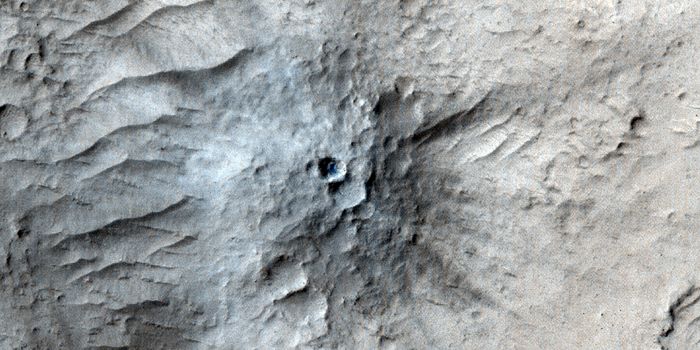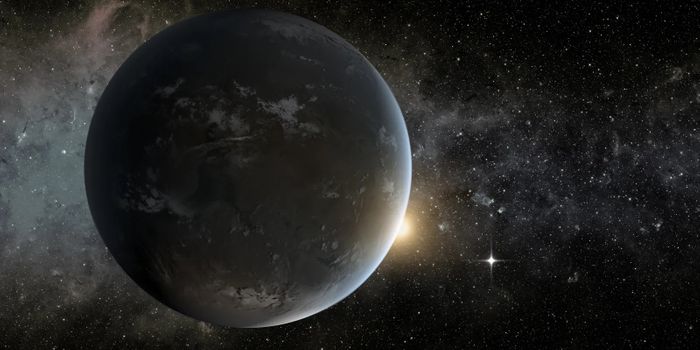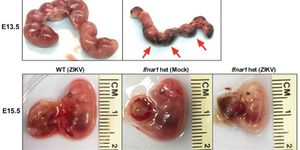NASA Shares High-Detail Video of Bubble Nebula
Last month, the Hubble Space Telescope celebrated its 26th anniversary of use in space. Hubble is certainly aging, but space researchers are continuing to use the device to capture stunning photographs of spatial bodies and to learn more about the universe that we can’t explore up close because of the distance between it and Earth.
Celebrating its 26 years in use, NASA shared a spectacular video that shows the Bubble Nebula being blown into space by a massive, hot star that resides some 7,100 light years away from Earth in the constellation known as Cassiopeia. The bubble itself is noted to be 7 light years across, which is about 1.5x the distance of our Sun from Alpha Centauri.

So in other words, it’s huge!
It was originally found in 1787 by British astronomer William Herschel, but we still continue to study it today.
The bubble is a nebula and is composed of several gasses that are expanding due to the star’s heat. Those include Hydrogen, Oxygen, and Nitrogen. The heated gasses are what produce the colors that are seen in the bubble. You can see it below:
The star itself, which is spotted at the left side of the bubble in the video, is said to be 45 times larger than our own Sun. Granted, that’s not really uncommon for stars because our Sun is pretty small compared to many others, but the Sun is already big compared to Earth as it is, so that really puts things into perspective of just how tiny we really are.
Dubbed BD +60º2522, NASA says that the star is a 4-million-year-old O star and will likely flash into a supernova after its short life expectancy is reached. Although 4 million years seems like a long time to us, it’s a blink of an eye in universe time; hardly even a blip.
Soon, Hubble will be replaced by an even more powerful space telescope, the James Webb Space Telescope, which has a larger primary mirror and can grab a much wider angle of view. Moreover, it’ll have new tech that allows us to peer even closer at distant bodies in space, so it should be really interesting to see these excellent spatial bodies in more detail when the time comes.
Source: NASA









